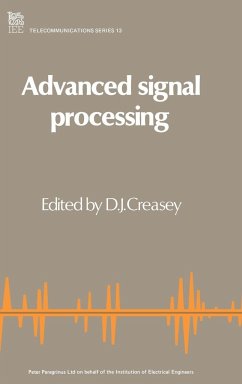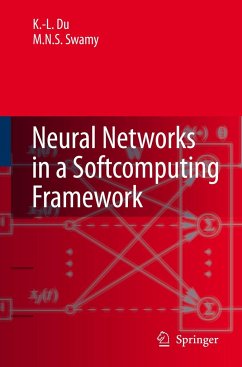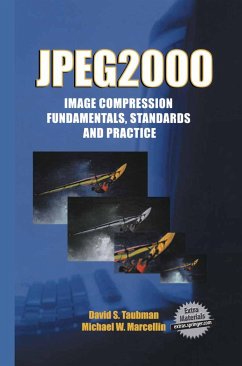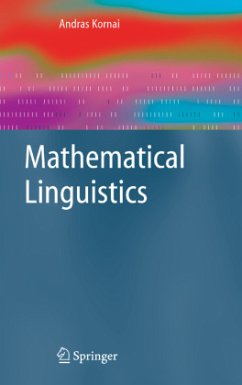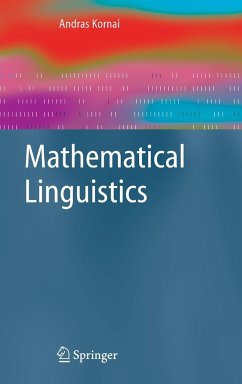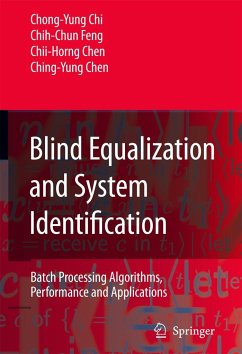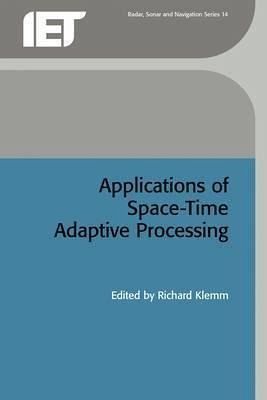
Applications of Space-Time Adaptive Processing
Versandkostenfrei!
Nicht lieferbar
This book provides a unique overview of the broad field of space-time processing and is divided into two parts: the first dealing with the classical adaptive suppression of airbourne and spacebased radar clutter, and the second comprimising miscellanous applications in other fields such as communications, underwater sounds and seismics.






